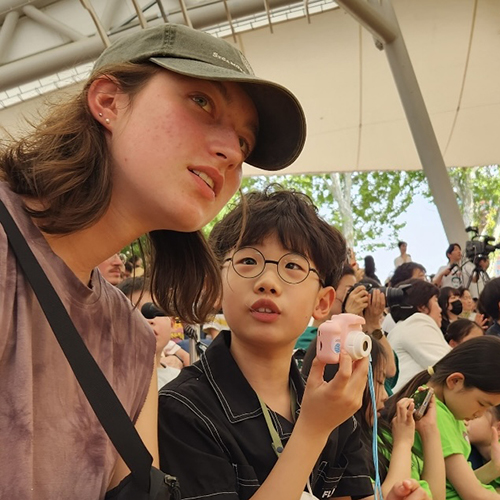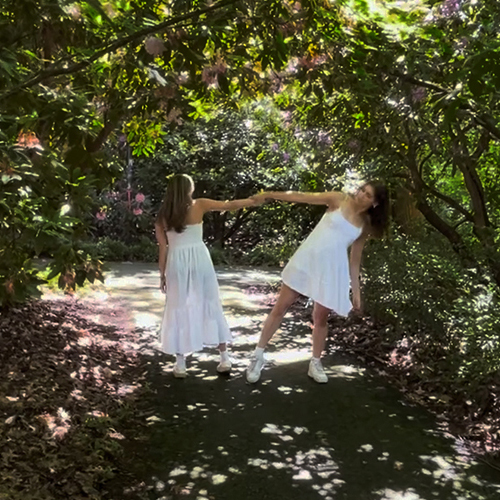Tasha Walston’s ambitious project for her Spanish class started with a fire.
The fire—in the Guatemalan village of Panajachel—destroyed the local library, which had been one of the best in Central America. When Walston heard about the damage, she came up with an idea that would benefit both the Guatemalan village and the students in her Spanish 203 course.
“I wrote to the director of the Spanish School in Panajachel and asked him if the library would accept books authored by intermediate Spanish students at a U.S. university,” recalls Walston, a teaching associate in the UW’s Spanish and Portuguese Studies Program. “He assured me that they were still quite desperate for any materials they could get their hands on.” With that encouragement, Walston began planning a quarter-long assignment for her students: to plan, write, and illustrate children’s books for the children of Panajachel.
Writing assignments were already an integral part of Walston’s second-year Spanish course. In the past she had the students write journals, but some students were uninspired by that approach. The children’s book assignment grabbed their attention.

“They were invested in it because they were writing for an audience other than their teacher,” says Walston. “They knew there was an audience of children hungry for stories.”
Before the students sat down to write, they learned about Guatemala and the children who would be reading their books. They researched Guatemalan politics, history, economics, and education, sharing their findings in class and in formal essays. They watched two documentaries on Guatemala and read The Most Beautiful Place in the World, a popular Guatemalan children’s book, as well as other Latin American children’s books.
The students also discussed favorite books from their own childhoods. “We discussed what elements made those stories so magical to read—elements that could be reproduced or modified in their own writings,” says Walston.
Finally the students began planning their own books, working in groups of three. Walston required them to include certain grammatical elements to ensure that they worked on their Spanish grammar. But the students had the freedom to choose any literary genre and age group for their book.
Some chose to write for very young children—including a group that wrote an alphabet book chronicling the adventures of a bunny named “Carrot”— but more students wrote for school-age children. Ariel Brumbaugh, a biochemistry major, wrote a story for older children, about a young girl dealing with the loss of her grandmother. “I found that I naturally started writing to the older age group,”
she says, “possibly because many of my favorite stories from my childhood were aimed for that age group.”
Many of the students’ stories have animal characters, often incorporating factual information about Guatemalan flora and fauna. Some have extra touches; a book about a monkey’s adventures in the jungle includes a velcro monkey that jumps from page to page, eventually landing in a hammock in his own tree on the last page.

“All the books are fantastic,” says Walston. “I’ve been so impressed.”
So have others who attended a book show and reading at which the final products were showcased. “It was a packed room,” says Walston. “All the chairs were full, and people were lining the aisles.”
The real test, of course, will be the Guatemalan children’s reaction to the books. The department is currently raising funds to send the books to Panajachel, along with hundreds of other Spanish-language books that have been donated as a result of this project.
“Through word of mouth, some local schools are preparing care packages of books to include in our mailing,” says Walston. “This has become a community effort. It has been a great wave that has washed its way through the department, campus, and community to produce truly inspiring results.”
More Stories

Democracy by the Numbers
Mathematics and Democracy, an undergraduate mathematics course, explores the role of math in many aspects of democracy, from elections to proportional representation.

Finding Family in Korea Through Language & Plants
Through her love of languages and plants — and some serendipity — UW junior Katie Ruesink connected with a Korean family while studying in Seoul.

Dancing Across Campus
For the dance course "Activating Space," students danced in public spaces across the University of Washington's Seattle campus this spring.